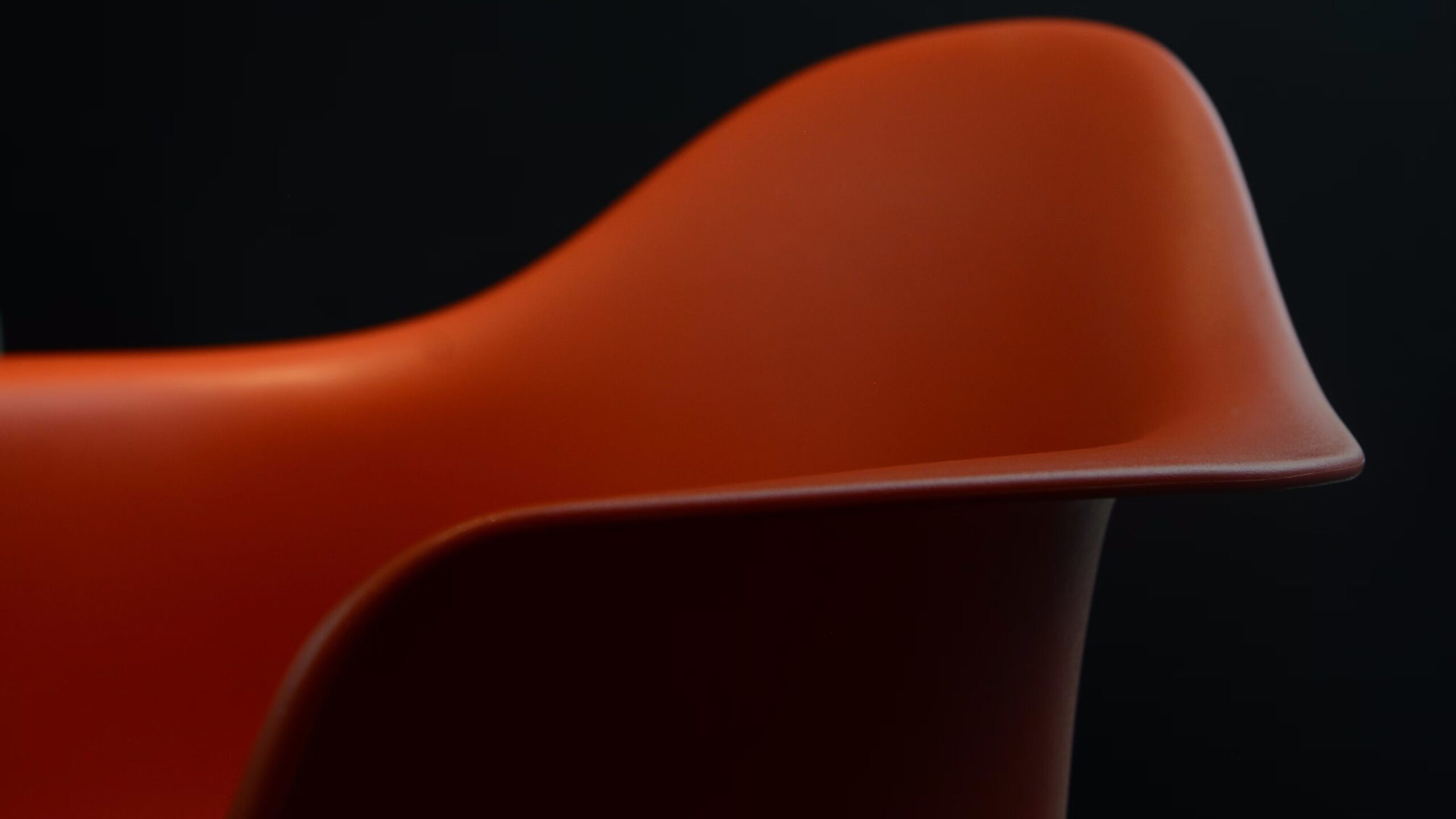Human Factors in Product Design: Ensuring Optimal User Experience and How to Get it Right

What are Human Factors in Industrial Design
Getting human factors right in product design is key to creating products that meet the practical needs and wants of the user. Considering cognitive and physical abilities is crucial in designing products that accommodate diverse user groups, including those with disabilities. These are the bits that turn abstract ideas into real products that make life better. Understanding human capabilities helps create intuitive and efficient user experiences, reducing errors and enhancing satisfaction. By including human factors designers and engineers make sure products are functional and comfortable and efficient for the end user, product design is aligned with user experience.
Table of Contents
Human Factors Principles
At the core of human factors in design are ergonomics, usability and accessibility – the bits that make products effective and enjoyable to use. Ergonomics is designing products that work with the human body, usability is how easy and intuitive it is to use a product and accessibility is making products usable by people with a wide range of abilities. Usability testing plays a critical role in evaluating product usability by identifying issues and areas for improvement. These are the principles that make products that really respond to human needs and wants. User testing provides critical insights into product usability and ergonomics, helping designers adjust interfaces and elements based on actual user interactions to enhance overall user experience.
Human Centred Design Process
The human centered design process starts with a deep understanding of the users needs, derived from direct interaction and empathy, embodying the principles of user centered design. User research plays a crucial role in understanding user needs and capabilities, driving design criteria and influencing overall device effectiveness and accessibility. By mapping out and creating user journeys, designers can identify potential problems users might encounter, ultimately improving user experience and preventing issues before they arise. This process has several stages from initial research and user feedback to iterative design changes, so the final product really resonates with the intended user. This empathy approach not only makes a product more functional but also more acceptable and successful in the market.
Tools and Techniques for Usability Testing
Modern product design companies uses advanced tools like CAD software and ergonomic assessments to simulate and analyse human interaction with products. These tools emphasize the importance of user control in interactions, aligning with principles of control human computer design. They allow for precise adjustments and predict how different users will use a product, so designs can be tailored to a wide range of human characteristics and wants. Providing users with control over system operations enhances their interaction with the product. This integration of technology speeds up the design process, increases accuracy and results in products that better serve the user. Reducing the user’s cognitive load improves user experience by simplifying interactions and minimizing the number of required operations.
Case Studies: Human Factors in Action
There are many examples of products that have been successful in the market because of human factors. Consistency in design, particularly in the context of a graphical user interface (GUI), enhances user comfort and allows for easier transfer of learned skills by users. These case studies show products that have improved user satisfaction and functionality, so you can see the impact of good design. A well-designed user interface can significantly improve user adoption and reduce errors, especially in complex environments where safety is paramount. Studying these successes gives you practical insight into how human factors work and what works in the market.
Challenges and Solutions in Human Factors
Despite the benefits, human factors in product design is not without its challenges, balancing aesthetics with functionality and user comfort. Maintaining internal and external consistency supports a seamless user experience by applying uniform design elements across a product’s user interface and ensuring the same design is implemented across different platforms and devices. Designers have to navigate these complexities to create products that are innovative and practical. Solutions often involve interdisciplinary approaches, combining psychology, engineering and design to solve these challenges.
Human Factors and Industrial Design Future
The future of human factors in industrial design is looking good, with technology advancing and our understanding of human psychology. Emerging trends like virtual reality and artificial intelligence will give us new ways to explore and apply human factors in design, more personalised and adaptive products. These will embed user experience more into product design, making it more functional and user friendly.
Human Factors in your design strategy
If you want to include human factors in your design strategy you need to stay up to date with the latest tools, trends and methodologies. Continuous learning and adaptation is key to keeping up with the advancements and changing user expectations. Practical tips are to engage with users throughout the design process, use advanced simulation tools and always put the end user at the forefront of design decisions.
Summary
Human factors in product design is not just good to have, it’s essential to have products that really respond to user needs and market expectations. By understanding and applying these principles designers can make products that are functional and successful and loved by the user. As the field evolves, staying informed and adaptable will be the key to success in the fast changing world of product design.
View more of our Product Development Services
If you would like to hear more on how we can improve the quality of your products or help with your product development, please contact Bluefrog Design at mail@bluefrogdesign.co.uk
FAQ’s on Human Factors
What are human factors in user experience?
Human factors in user experience involve designing products, systems, and environments that enhance user interactions by making them more intuitive, efficient, and satisfying. It focuses on understanding human behaviors, capabilities, limitations, and preferences to optimize user comfort, performance, and safety. This field is crucial for creating products that are user-friendly and meet the specific needs of different individuals.
What are the human factors consideration in product design?
Human factors in product design encompass ergonomics, usability, and accessibility, focusing on optimizing product interaction to meet user needs effectively. This involves studying user behavior, capabilities, and limitations to ensure products are safe, comfortable, and efficient, leading to improved user experience and satisfaction.
What are the 7 key factors of user experience?
The seven key factors of user experience are usability, usefulness, desirability, accessibility, credibility, findability, and value. These elements ensure that products are intuitive, meet user needs, and foster positive interactions, enhancing overall satisfaction and promoting user engagement with the product.
Ready to get started on a project?
Socials



